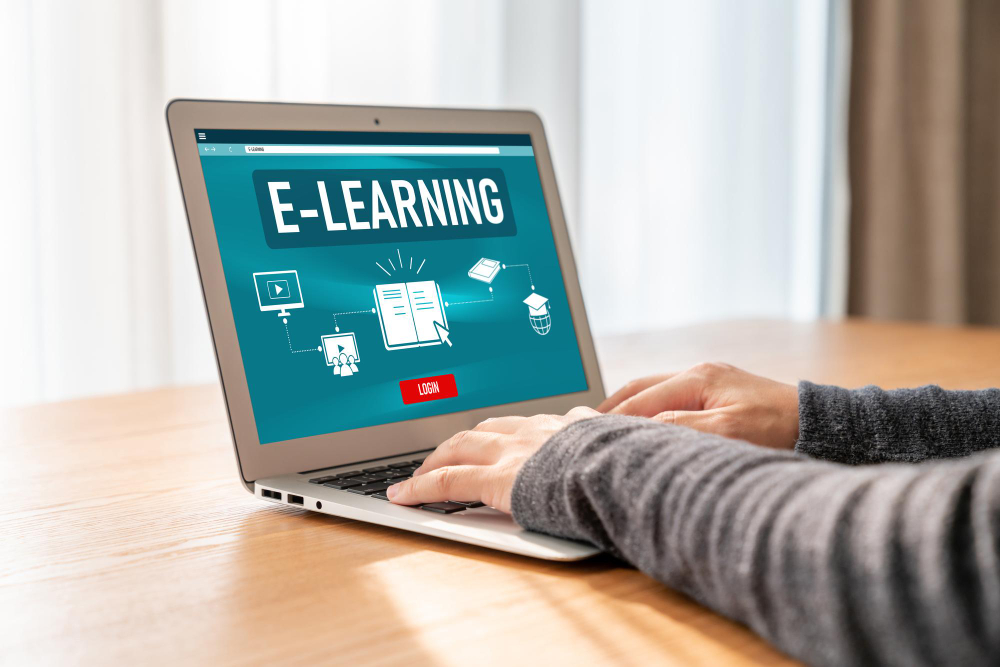In today’s competitive business climate, organizations are constantly seeking innovative ways to nurture their workforce and align employee development programs with their overarching business objectives. The digital transformation era has significantly shifted how professional learning is approached, bringing eLearning to the forefront as an invaluable tool. As more companies pivot towards eLearning solutions to train and develop their teams, mastering these digital learning platforms is crucial for enhancing employee skills efficiently and effectively.
For organizations striving to implement impactful employee development programs, the first step is to clearly define the objectives of their eLearning courses. What specific skills do you want your employees to acquire? How will these skills contribute to achieving business goals? By setting precise learning outcomes, businesses can tailor their content delivery to meet these targets, creating a structured and purpose-driven learning path. Identifying key performance indicators (KPIs) can also help measure the success and ROI of your eLearning initiatives.
Designing engaging and interactive content is another critical aspect of successful eLearning programs. Adult learners thrive on content that resonates with real-world applications, encourages problem-solving, and fosters a collaborative learning environment. Utilizing various multimedia elements such as videos, simulations, quizzes, and discussion forums can enhance the engagement levels of learners. When employees can interact with the content, it boosts retention and makes the learning experience more enjoyable.
The accessibility and flexibility offered by eLearning platforms are significant advantages. Unlike traditional classroom settings, digital learning environments allow employees to learn at their own pace and on their own schedules. This flexibility is particularly beneficial for accommodating diverse learning styles and busy work lives. To ensure inclusivity and accessibility, companies should consider deploying mobile-friendly eLearning solutions, which allow learners to access content anytime and anywhere.
Another crucial element in mastering eLearning is the continual assessment and real-time feedback mechanism. Evaluating participant progress through various assessments, such as quizzes or tasks, can help track learning outcomes, enabling learners to identify areas for improvement. Immediate feedback not only guides learners but also keeps them motivated and engaged throughout the course. Furthermore, feedback mechanisms should be designed to encourage a growth mindset, fostering a culture of continuous improvement and learning.
To achieve a successful eLearning program, leveraging analytics is key. Advanced analytics can provide insights into learner behaviors, effectiveness of course materials, and areas that require enhancement. By analyzing this data, organizations can refine their content, address learning gaps, and adapt quickly to the evolving needs of their workforce. This strategic use of data analytics ensures that the learning experience remains relevant and aligned with the organization’s development goals.
Finally, fostering a community of learning within the organization can amplify the benefits of employee development programs. Creating networks of peer learning groups or mentorship opportunities can promote knowledge sharing and collaboration. Encouraging employees to take ownership of their learning journeys and contribute to communal knowledge can create a supportive learning environment. By actively participating in these networks, individuals are more likely to apply new skills effectively in their roles, driving personal and organizational growth.
In conclusion, mastering eLearning for employee development requires a thoughtful approach to course design, engagement strategies, and ongoing assessment. By utilizing the digital learning landscape effectively, organizations can create development programs that enhance skill acquisition, boost retention, and align with strategic business goals. Embracing a comprehensive approach to eLearning not only empowers employees but also propels businesses towards sustained success and innovation in the modern workplace.
